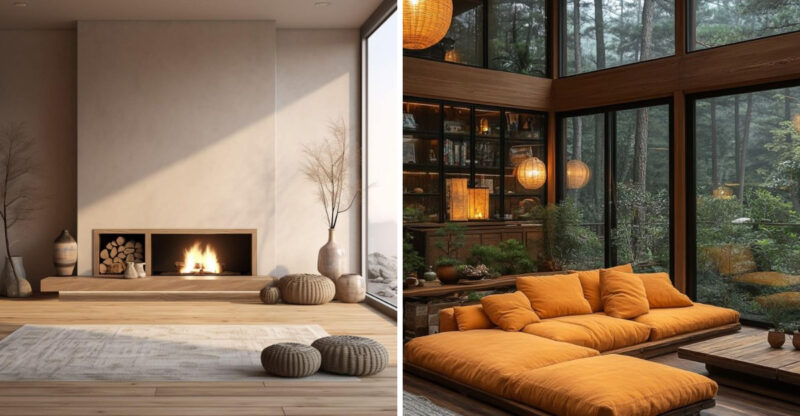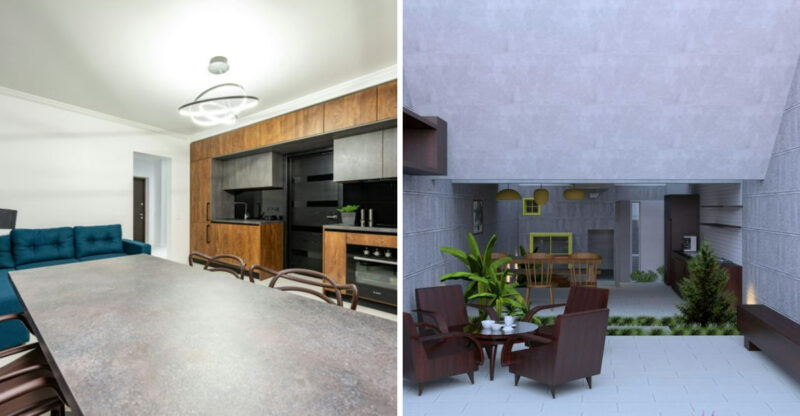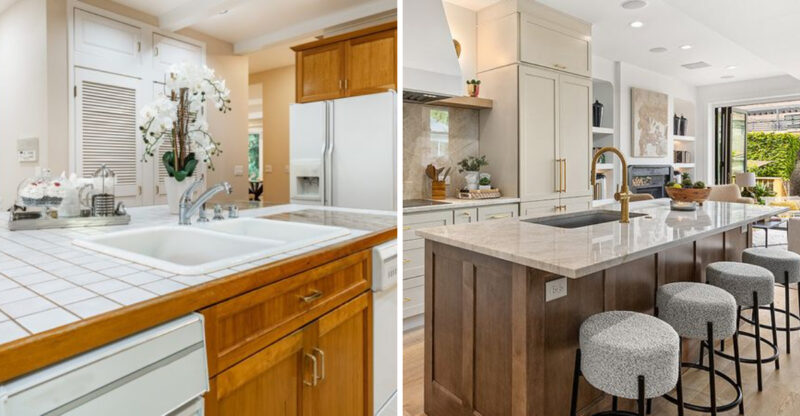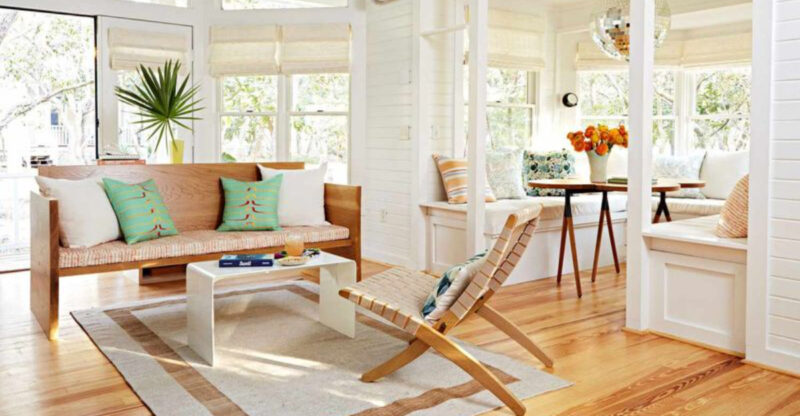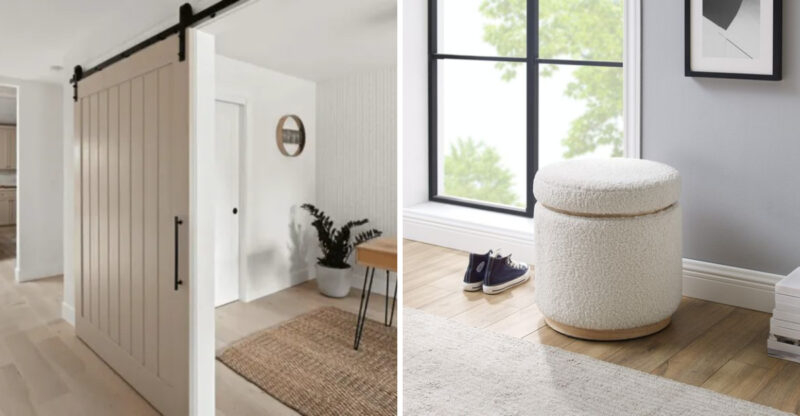7 Outdated Decor Pieces To Ditch In 2026, And 4 Modern Alternatives To Bring In

Home decor trends shift faster than you might realize, and what’s stylish today could become tomorrow’s eyesore. As we approach 2026, it’s time to refresh our living spaces by saying goodbye to tired design elements that scream ‘last decade.’
I’ve compiled some decor pieces that should head to the donation pile, along with four fresh alternatives that’ll breathe new life into your home.
1. Word Art Signs
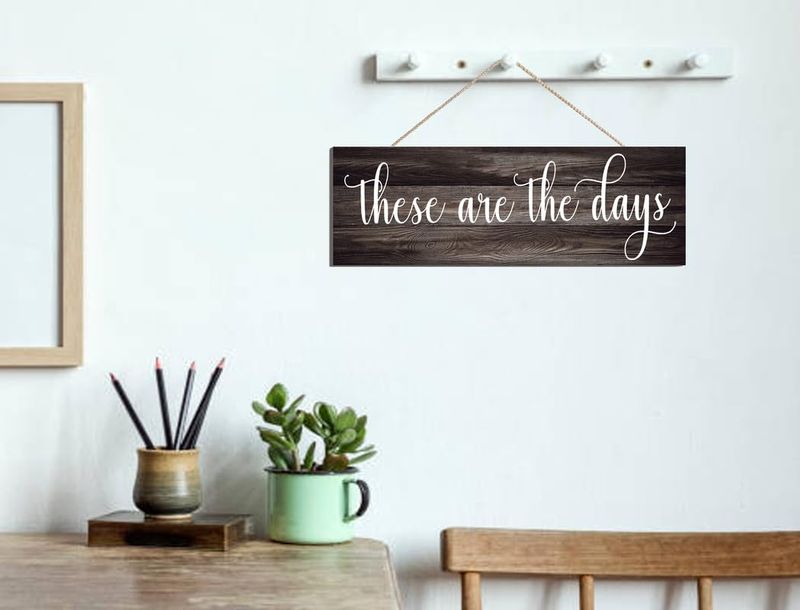
Remember when everyone had ‘Live, Laugh, Love’ plastered on their walls? Those inspirational word signs have officially lost their charm. Typography decor became so ubiquitous that it stopped feeling personal and started feeling like mass-produced sentiment.
Walking into a home with ‘Blessed’ or ‘Family’ signs now feels like stepping into a home decor catalog from 2015. Instead of letting words tell your story, let your actual design choices and meaningful objects speak for themselves.
2. All-White Kitchens
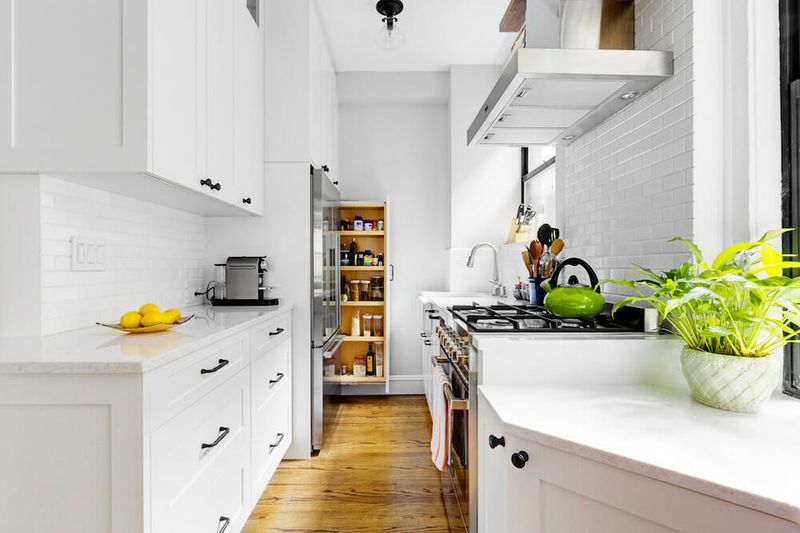
White kitchens have dominated design magazines for over a decade, but their sterile appeal is finally fading. The clinical look that once signified cleanliness now reads as unimaginative and high-maintenance.
Stains show up instantly on those pristine surfaces, and the overall effect lacks personality. White kitchens also tend to age poorly, with cabinets yellowing unevenly over time.
Moving forward, kitchens should feel warm and lived-in rather than resembling a laboratory.
3. Mason Jar Everything
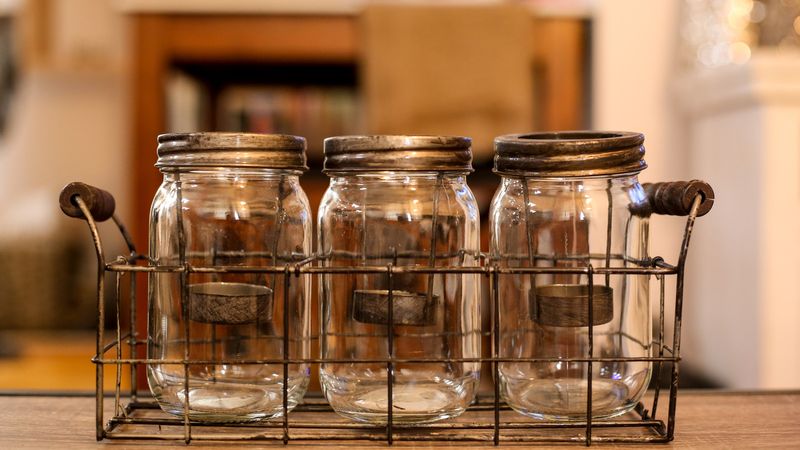
How many drinking glasses, soap dispensers, and candle holders made from mason jars does one home need? This farmhouse-inspired trend has been hanging on for years beyond its expiration date. Mason jars were originally meant for canning, not for housing every liquid in your bathroom.
The rustic charm quickly turns into clutter when these glass containers take over every surface. Plus, they’re often impractical, those screw-top lids aren’t actually convenient for daily use.
Time to return mason jars to their rightful place in the pantry.
4. Barn Doors On Interior Doorways
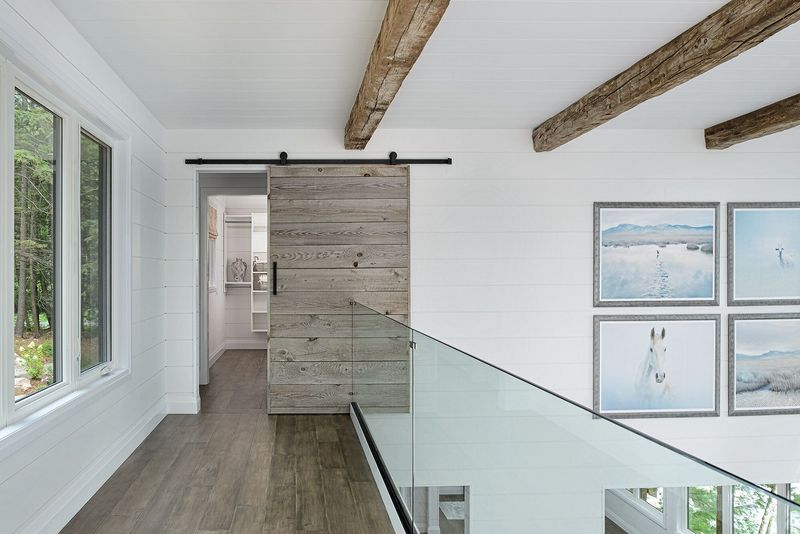
Though they once seemed like a clever space-saving solution, barn doors have become the mullet of home design, business in concept, party in execution. These sliding doors rarely provide proper sound insulation or privacy, and the exposed hardware collects dust in hard-to-reach places.
The chunky tracks often become visual clutter rather than design statements. Most barn doors installed in suburban homes look forced and out of context.
Unless you actually live in a converted barn, this trend has run its course.
5. Accent Walls In Bold Colors
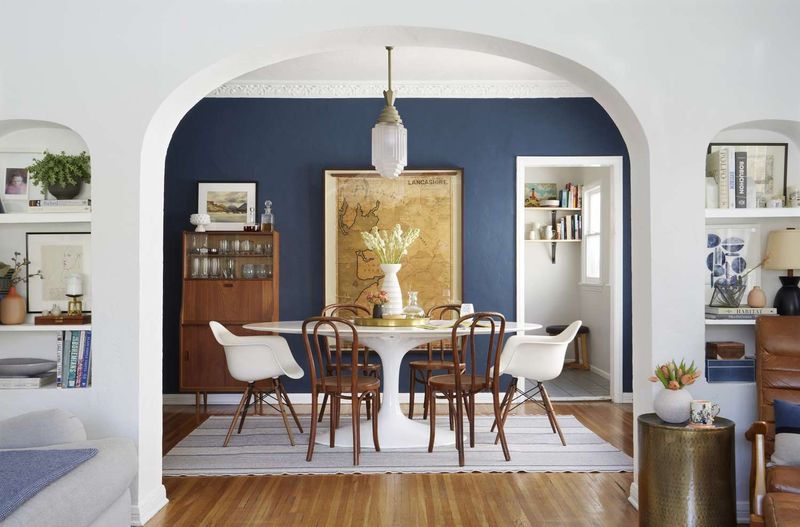
That single burgundy or navy wall in your living room is screaming 2010s design confusion. Accent walls were a commitment-phobic approach to color that never quite delivered the punch they promised. Instead, they often make rooms feel unbalanced and visually choppy.
The concept came from a time when people were afraid to fully embrace color but wanted to appear design-forward. Today’s approach to color is more holistic and thoughtful.
Either commit to a color scheme throughout the space or stick with neutrals that have subtle dimension.
6. Chevron Patterns
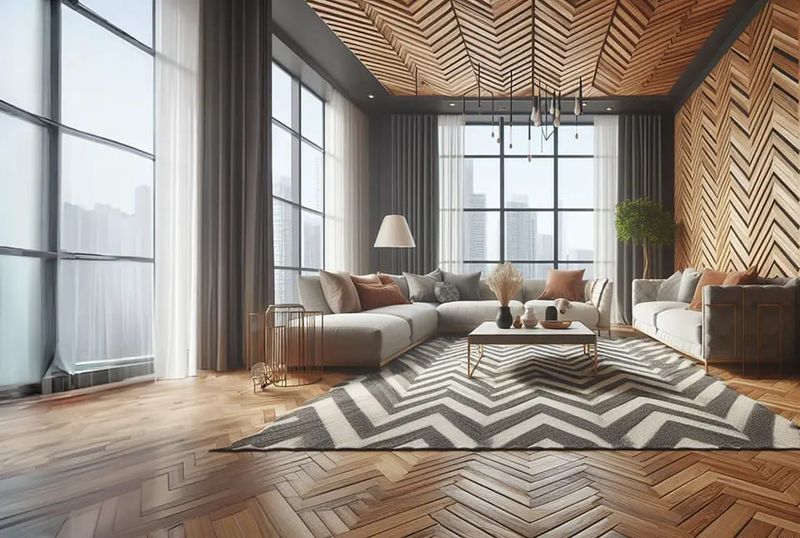
Zigzag overload! Chevron patterns dominated everything from rugs to wallpaper around 2015, and now they’re the telltale sign of dated decor. This high-contrast pattern creates visual vibration that quickly becomes overwhelming and tiresome to live with.
Where once it seemed fresh and graphic, chevron now feels like the uniform of mass-market design. The pattern is too recognizable and tied to a specific era.
When future generations look back at 2010s interiors, chevron will be as identifiable as 1970s shag carpeting.
7. Oversized Clocks As Wall Art
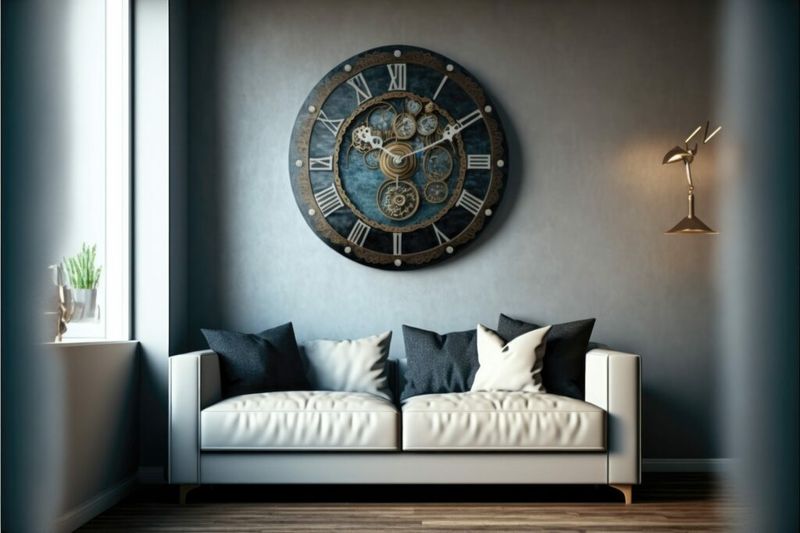
Those enormous decorative timepieces that dominated walls in the 2010s have ticked past their prime. Giant wall clocks, especially those with Roman numerals or distressed finishes, have become the ultimate signifier of uninspired decor choices.
Often, these statement pieces don’t even function as actual timepieces, they’re purely decorative and take up valuable wall real estate. Plus, in an age where we check the time on our phones and smart devices, these massive wall clocks serve no practical purpose beyond collecting dust in hard-to-reach places.
8. Alternative: Sculptural Lighting
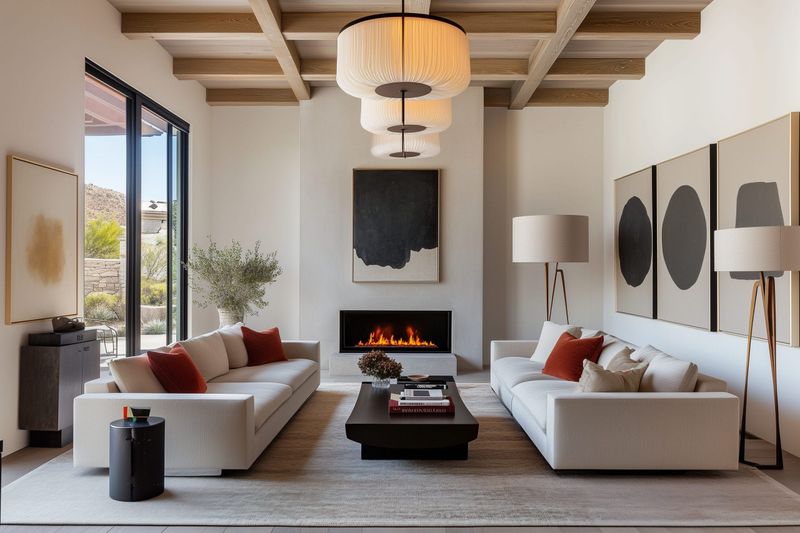
Forget basic light fixtures! Sculptural lighting acts as functional art while illuminating your space in the most flattering ways. Unique pendant lights, statement chandeliers, or architectural floor lamps instantly elevate any room’s design quotient.
The beauty of this trend lies in its dual-purpose nature, practical illumination and visual interest combined. Look for organic shapes, mixed materials, or unexpected proportions that reflect your personal style.
When guests enter your home, their eyes will naturally be drawn upward to these conversation-starting pieces.
9. Alternative: Biophilic Design Elements
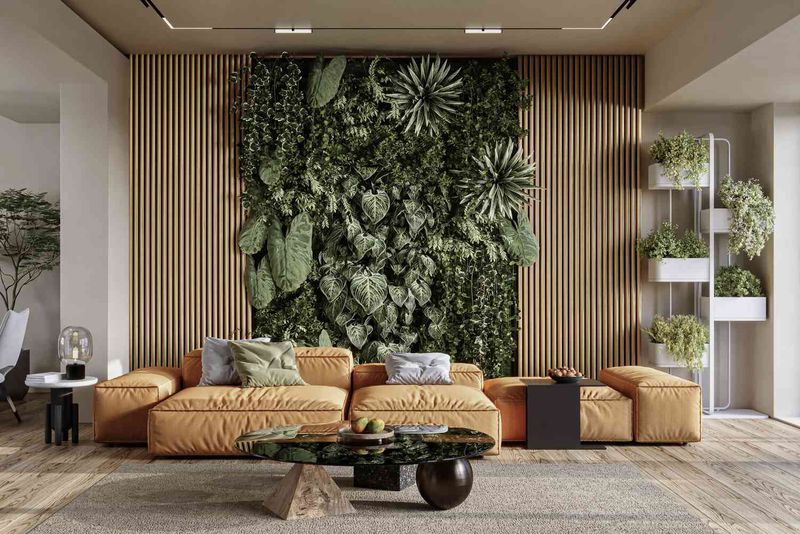
Our connection to nature isn’t just a passing trend, it’s a fundamental human need that’s finally being embraced in interior design. Biophilic elements like living walls, natural materials, and organic shapes satisfy our innate desire to connect with the natural world.
Beyond just placing a few houseplants around, true biophilic design incorporates natural light patterns, ventilation, and materials that mimic natural environments. This approach reduces stress, improves cognitive function, and creates spaces that feel instinctively right to our nature-seeking brains.
10. Alternative: Curved And Organic Furniture
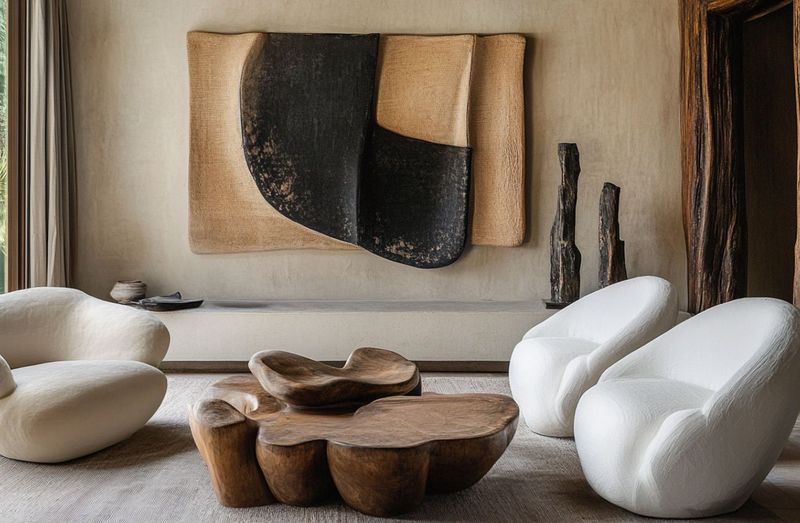
Straight lines and sharp angles are giving way to the comfort of curves. Furniture with rounded edges and organic forms invites you to relax while adding visual softness to your space. These pieces feel inherently more welcoming than their rigid counterparts.
Curved sofas, rounded tables, and sculptural chairs break up the boxy monotony that dominated interiors for years. The psychology behind this shift makes perfect sense, our bodies aren’t made of straight lines, so why should everything we sit on be?
This movement toward organic shapes creates spaces that feel more human.
11. Alternative: Handcrafted Artisanal Pieces
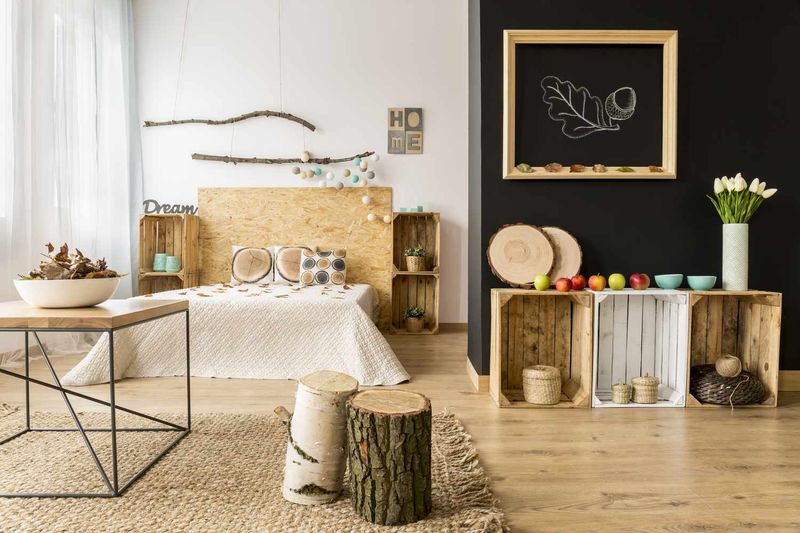
Mass production is out, artisanal craftsmanship is in! Unique, handmade items bring soul to spaces that factory-made decor simply cannot match. Each piece tells a story of its maker and carries the subtle imperfections that make handcrafted items so compelling.
Ceramic vessels with visible fingerprints, hand-loomed textiles with slight variations, and furniture made by skilled woodworkers all carry human energy. These pieces connect us to ancient traditions of making while supporting living artisans.
When friends ask where you got that beautiful bowl, you’ll have a story to tell rather than just naming a big box store.

